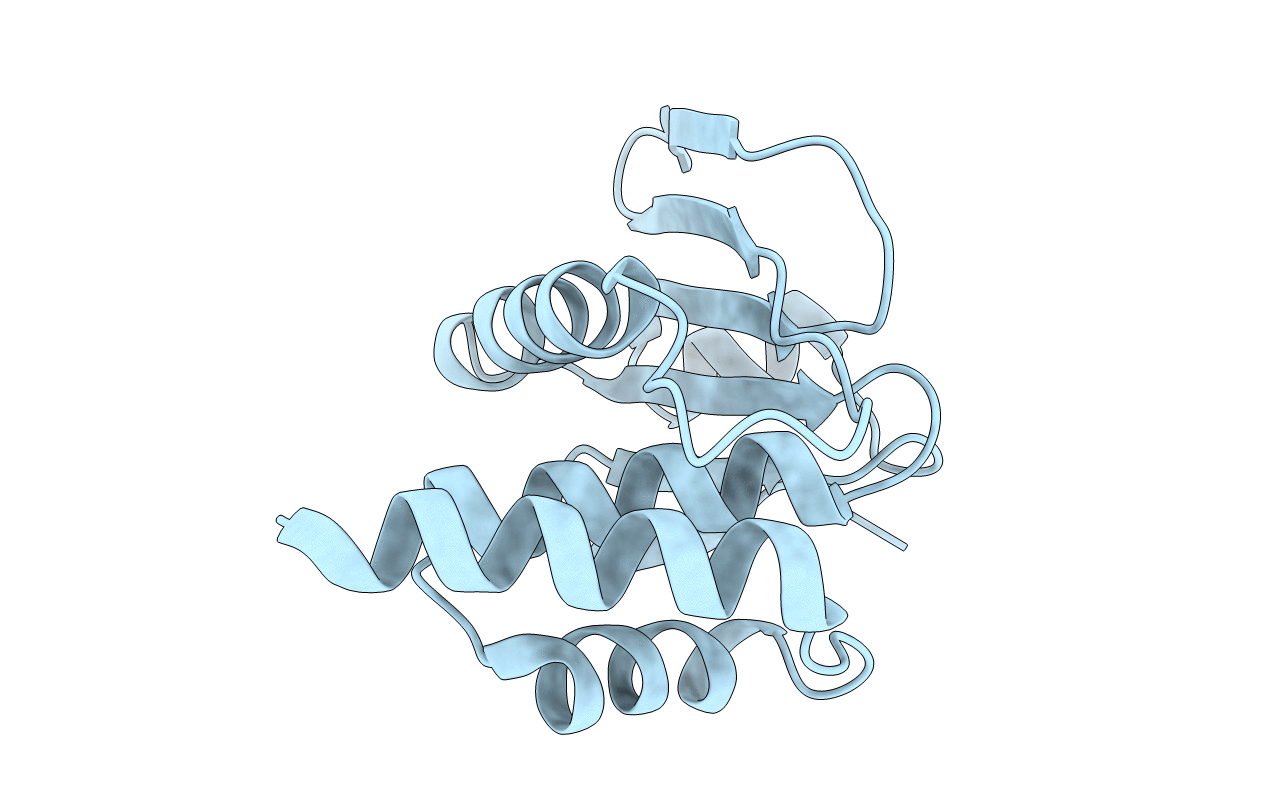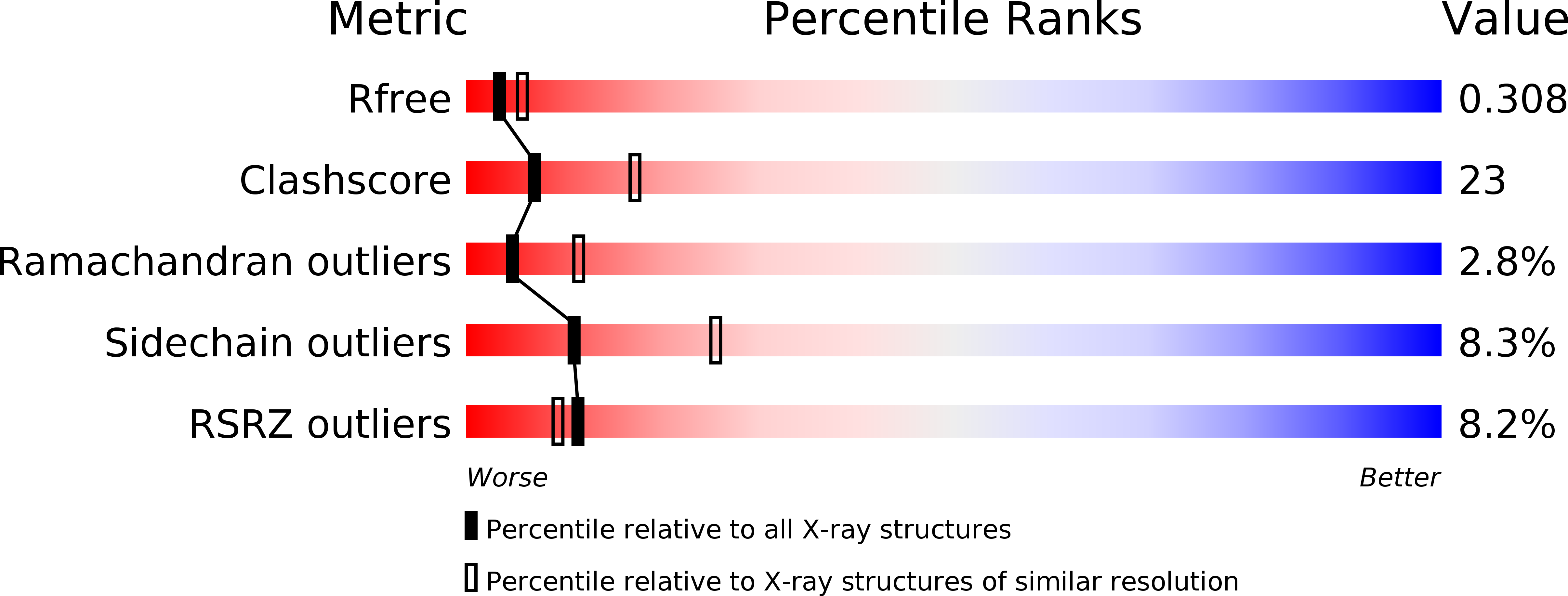
Deposition Date
2010-01-26
Release Date
2010-12-29
Last Version Date
2023-11-01
Method Details:
Experimental Method:
Resolution:
2.70 Å
R-Value Free:
0.30
R-Value Work:
0.23
R-Value Observed:
0.24
Space Group:
P 32 2 1


